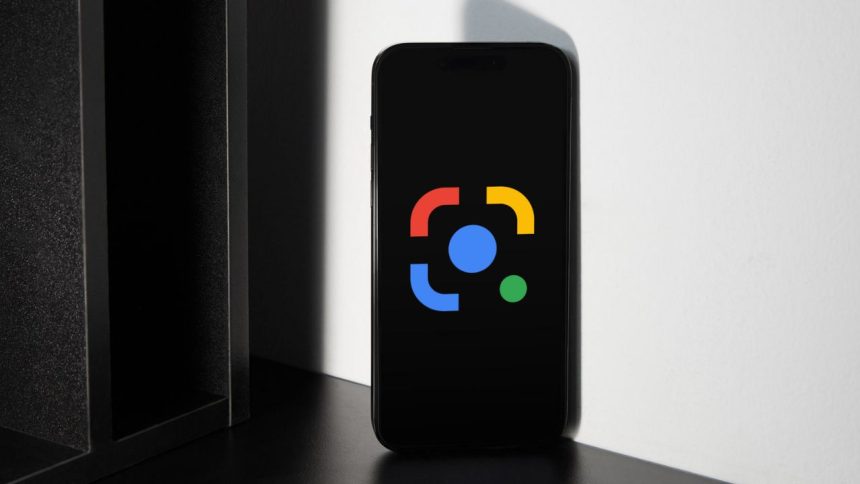Google has begun rolling out an exciting new feature for Google Lens that allows users to conduct Video search using video clips. Announced at the I/O 2024 event, this innovative functionality aims to enhance how users discover and interact with their surroundings, making information retrieval more intuitive and engaging.
Overview of the Video Search Feature
The new video search capability enables users to record short videos of objects or scenes they want to learn more about. While recording, users can ask questions related to the content, and Google Lens will analyze the video frame by frame. This multimodal approach combines both visual and auditory inputs, allowing for a richer interaction with the app.
During a live demonstration at I/O 2024, Google showcased this feature when a user encountered difficulties with a newly acquired record player. By simply recording a video and asking about the issue, Google Lens identified the model and provided relevant troubleshooting tips through an AI Overview. This capability is powered by Google’s Gemini AI, which processes both visual and audio inputs to understand context better.
You can now send a video to Google to ask questions about it!
— Mishaal Rahman (@MishaalRahman) September 30, 2024
If you open Google Lens on Android and hold down the shutter button, it'll record a short video that you can ask a question about.
If you're in a region where AI overviews are enabled, then you'll get an AI-generated… pic.twitter.com/qeGWy6u1TM
How to Use the Video Search Feature
To utilize the new video search feature, users need to:
- Open Google Lens.
- Hold down the shutter button to record a video.
- Ask questions vocally about what they want to know regarding the subject in the video.
This seamless integration allows for instant feedback and information retrieval, making it easier for users to find solutions or learn more about various topics.
Enhancing Information Discovery
With this rollout, Google Lens is bridging the gap between still images and dynamic video content, making information discovery more accessible. This is particularly beneficial for users who may find traditional text-based searches challenging, such as those with disabilities or older adults who may struggle with navigating complex search queries.
The introduction of this feature signifies Google’s commitment to evolving its technology in response to user needs. By transforming video into a powerful tool for information retrieval, Google Lens sets a new standard for search capabilities in an increasingly visual world.
As this feature becomes available to more users in the coming weeks, it promises to redefine how we interact with technology in our daily lives. With Google Lens leading the way in multimodal search capabilities, users can look forward to a more engaging and informative experience.






